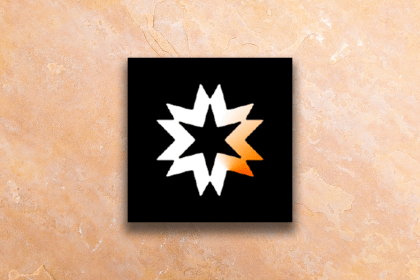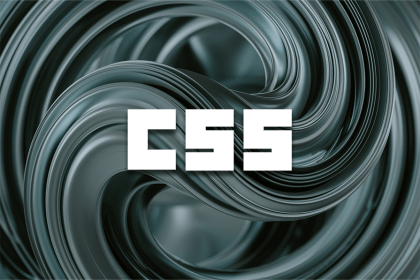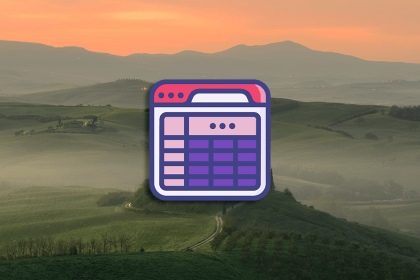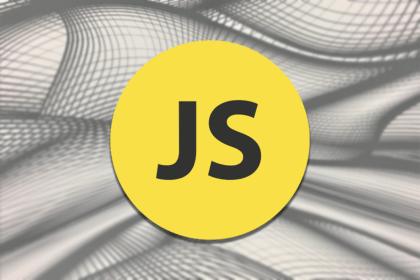
Using TypeScript with WebGL has many potential use cases in the frontend development landscape for rendering 2D and 3D graphics and models.

Learn how to use E2B, a sandbox for building AI agents that can accomplish smaller, repetitive tasks and make autonomous choices for you.

With the new year comes new opportunities for career growth and ways for spending your corporate development budgets.

Native CSS nesting now has support in the most recent versions of many browsers. Explore native CSS nesting, its advantages, and much more.

As designers, we must think about how data will be displayed in tables, including the relevance of rows and columns and what is customizable.

Dive into the mechanics of WebGPU, understand its implications for GPU computing, and unlock the potential of running ML models directly within web apps.

Use Tailwind CSS to create beautiful background, text, border, and underline gradients, as well as animate gradients.

In this article, you’ll learn what an open-door policy is, its advantages and disadvantages, as well as how to build one within your team.

Brand recognition refers to the extent consumers can identify and recognize a brand with its associated products and services.

Use Tailwind components and templates from these 11 popular collections to rapidly build customizable UI designs.

Let’s look at five popular Rust game engines and discuss how to choose the best option for your next project.

We compare four popular testing tools for Next.js in this article: Playwright, Cypress, Jest, React Testing Library, and Vitest.